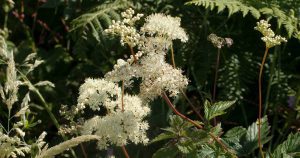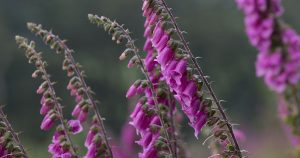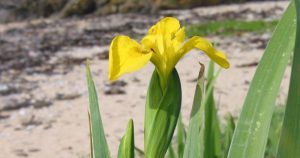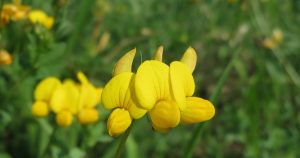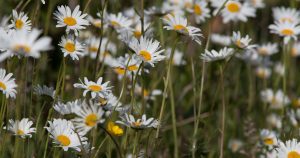Printed from: https://finalhbks.asgoodasready.com/wildflowers/meadowsweet/
Meadowsweet is a perennial herb that grows in damp or wet habitats, like wet woodland, damp meadows and along pond or river edges. It is characteristic of sites where water levels fluctuate and is absent from permanently waterlogged ground. The common name Meadowsweet derives from the Anglo-Saxon word ‘medu’, which means ‘mead’. It was once […]

